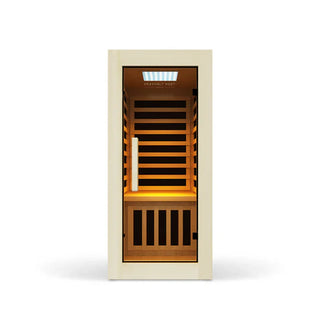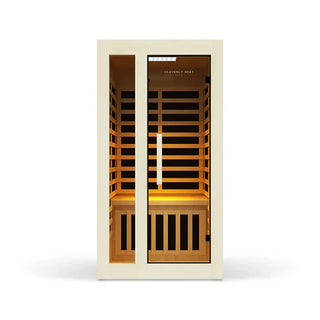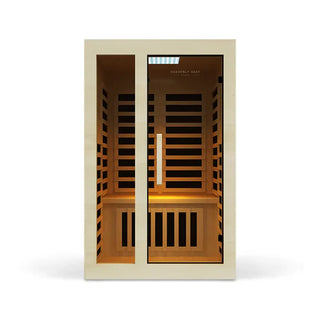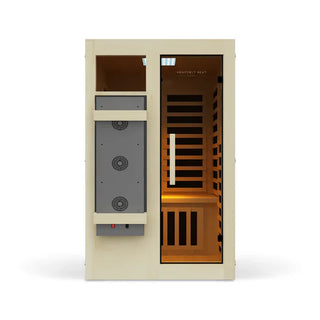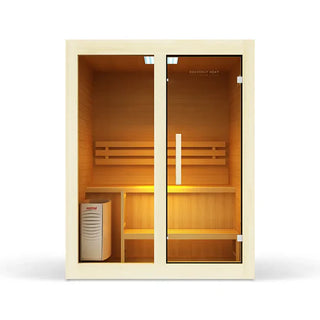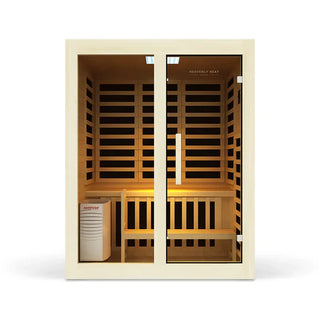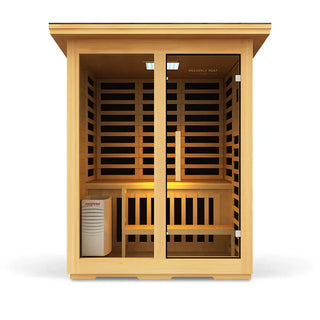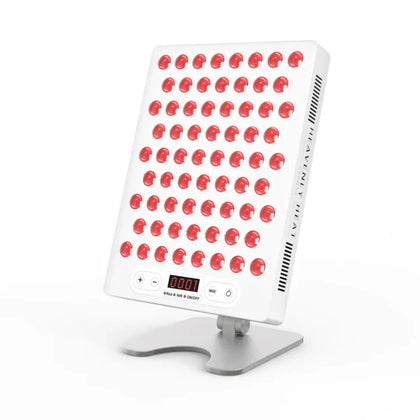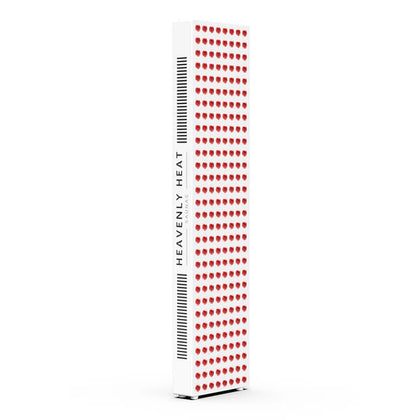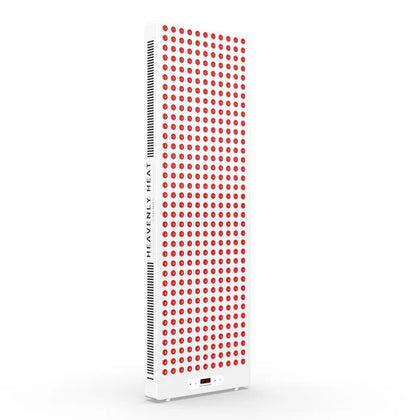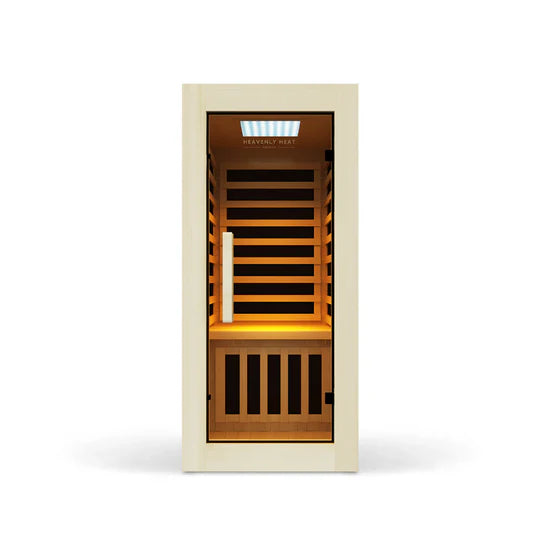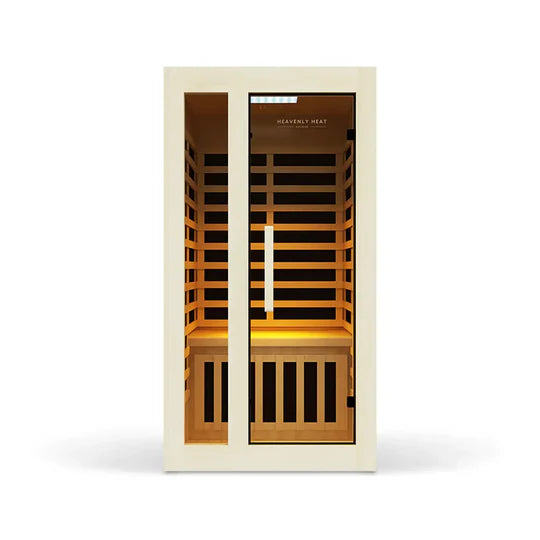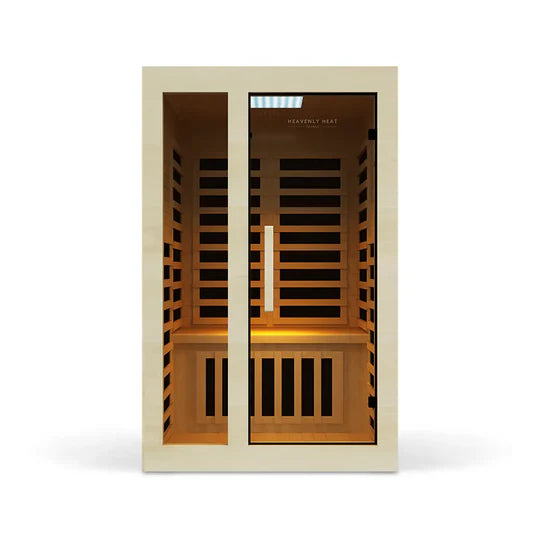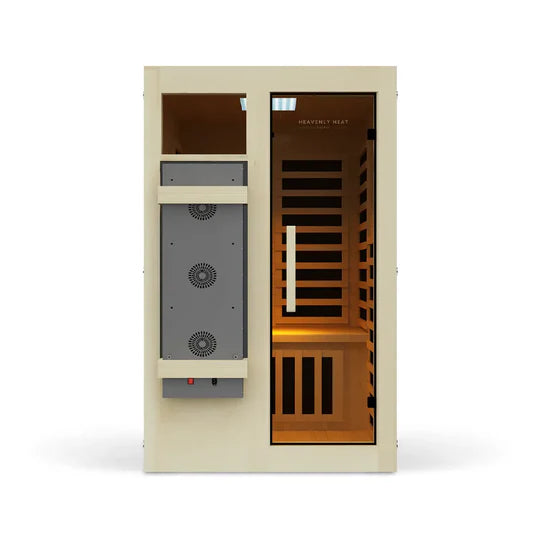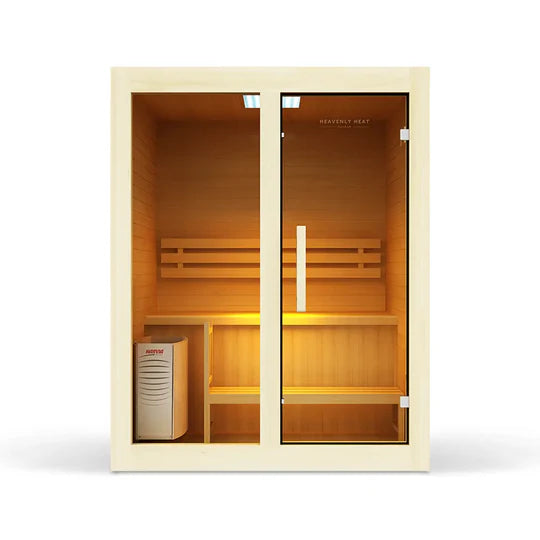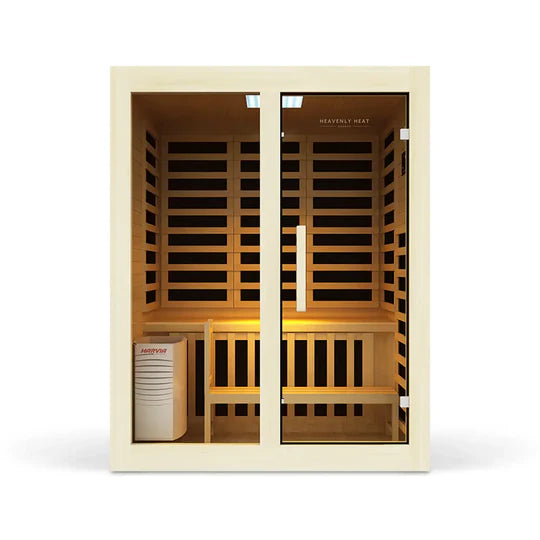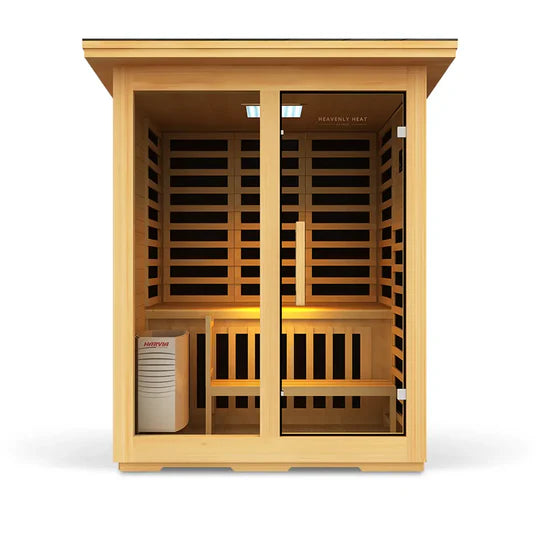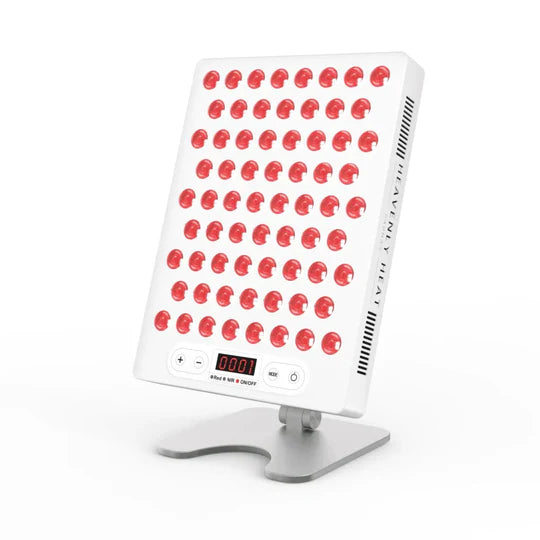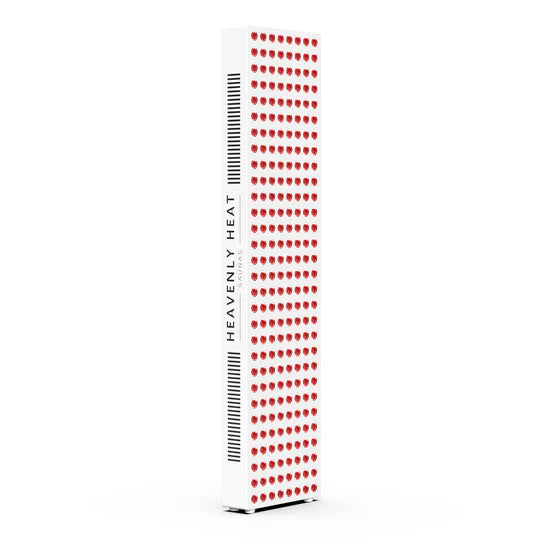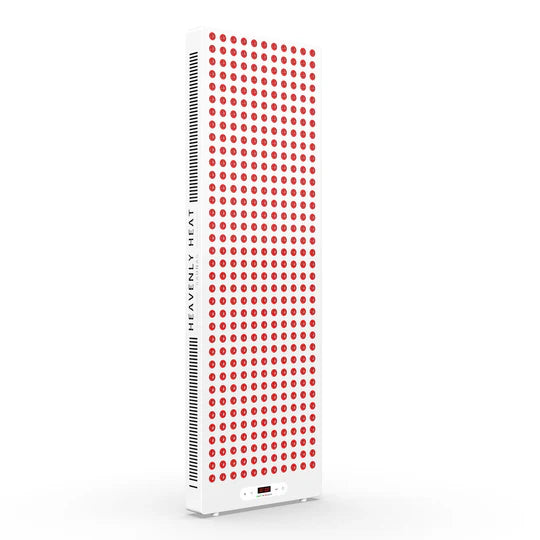Does Cold Plunge Burn Calories? What Science Says

Struggling with fatigue, joint pain, and shortness of breath, common signs of obesity measured by BMI, can make daily life feel like a constant uphill battle.
Ignoring excess weight doesn’t just affect appearance; it raises the risk of serious health issues, from diabetes to heart disease. Could a cold plunge secretly boost calorie burn and help tip the scales in your favor?
Key Takeaways
Cold Plunges Boost Metabolism: Your body burns calories to maintain core temperature through shivering and brown fat activation.
Duration and Temperature Matter: Longer sessions and colder water increase calorie burn.
Shivering Is a Powerful Burner: Even a few minutes of intense cold can rival exercise in calories burned.
Balance Your Frequency: Plunging too often can stress your body and hinder recovery 2–4 times per week is ideal.
Men and Women Burn Differently: Hormones, body composition, and brown fat activity affect how you generate heat and burn calories.
Does Cold Plunge Burn Calories? What Science Says
Cold plunges do burn calories, primarily through brown fat activation and shivering, which can increase metabolism by 300–400 calories per hour.
Factors like water temperature, duration, body composition, and gender influence calorie burn.
Short sessions offer modest energy expenditure, while longer or repeated exposure boosts metabolism. However, cold plunges supplement, but don’t replace, exercise for significant calorie burning.
The Amount of Calories Burned During a Cold Plunge
Cold plunges can trigger your body to burn a surprising number of calories, even while sitting still.
When exposed to cold water, your body works hard to maintain its core temperature through thermogenesis (activating brown fat) and shivering.
These responses increase energy expenditure, with shivering alone potentially boosting calorie burn by 300–400 calories per hour.
Short plunges also add up: a 10-minute ice bath may burn 30–80 calories, while a 30-minute session can torch up to 300.
The European Journal of Applied Physiology reported that cold immersion at 14°C can raise metabolic rate by 350%, along with increases in heart rate and blood pressure.
Another study published in Cell Metabolism found that mild shivering can triple or even quintuple your resting metabolic rate.
Factors like water temperature, body composition, and cold tolerance all affect how many calories you burn.
While cold plunges aren’t a weight-loss miracle, they do offer a small metabolic boost, and they’re great for recovery and mental resilience, too.

Factors That Influence Calorie Burn in Cold Plunges
Water Temperature: The colder the water, the more calories your body burns to stay warm.
Duration of Exposure: The longer you stay in the cold water, the more calories you burn.
Body Composition: People with more muscle tend to burn more calories in the cold.
Metabolic Rate: A higher metabolism means you naturally burn more calories, even in cold conditions.
Shivering Response: Shivering increases calorie burn as your muscles work to generate heat.
Cold Adaptation: Over time, your body gets better at handling cold, which can affect how many calories you burn.
Common Mistakes to Avoid with Cold Plunge Frequency
Cold plunging offers powerful recovery benefits, but overdoing it can backfire. Experts recommend immersing two to four times a week, totaling around 11 minutes, depending on your goals and fitness level.
Going beyond that can lead to stress overload, especially if you're plunging daily. Research from The Journal of Physiology shows that cold water immersion is no more effective than active recovery in reducing muscle inflammation after intense workouts.
Meanwhile, overuse can disrupt your body's stress regulation systems. Cortisol levels may remain elevated, leading to anxiety, sleep issues, and fatigue, while heart rate variability (HRV) may drop, both signs of chronic stress.
Data reviewed by Shephard and Shek (1998) also found that excessive cold exposure can suppress immune function, reducing lymphocyte activity and natural killer cell counts.
These risks highlight the importance of balance. Listen to your body, monitor recovery signals like energy, sleep, and mood, and avoid the trap of thinking more is better. Smart, consistent use, not daily plunging, is where the real recovery benefits lie.
FAQs
Is calorie burn from cold plunges scientifically proven?
Cold plunges can indeed increase calorie burn, and research supports this through several mechanisms. According to PLOS One, cold exposure activates brown adipose tissue (BAT), a type of fat that burns energy to produce heat. In studies on mice, intermittent cold exposure nearly doubled metabolic rate, though increased food intake offset any weight loss. In humans, short cold-water immersions (e.g., 30 minutes at 16°C) have been shown to burn between 21 and 54 calories, while a 24-hour cold exposure increased energy use by about 167 calories. Shivering also plays a key role, it’s your body’s fast, calorie-burning response to cold, using rapid muscle contractions to generate heat. A few minutes of intense cold can trigger this response, potentially burning 80–90 calories in just 10 minutes. Longer or repeated sessions, on the other hand, rely more on sustained BAT activation and fat burning. While the calorie burn is real, individual results vary based on body type, duration, and intensity, and without managing food intake, weight loss isn’t guaranteed.
Does shivering in cold water burn more calories?
Yes, shivering in cold water can burn significantly more calories, and even rival exercise. As highlighted by National Geographic, just 15 minutes in the cold can stimulate calorie burn equivalent to an hour of exercise. This happens because cold exposure activates brown fat, a special kind of body fat that burns energy to produce heat. Cleveland Clinic explains that brown fat kicks in before shivering starts, boosting metabolism and helping regulate blood sugar and fat levels. A systematic review in Frontiers in Physiology found that cold exposure at temperatures around 16–19°C increased daily energy expenditure by nearly 188 calories. Participants in cold environments burned up to 2,000 more calories per day than in warm conditions. While results vary across individuals, especially those with more active brown fat, science is increasingly pointing to cold exposure as a natural way to boost metabolism and combat obesity.
Can cold plunges replace exercise for calorie burning?
Cold plunges, lasting 3–5 minutes, burn roughly 24-50 calories by activating brown fat to generate heat, but this is modest compared to the 100s to 400+ calories burned in a typical 30-minute workout, where muscle activity drives calorie burn directly. Insights from the Health Sciences Review reveal that cold exposure stimulates brown and beige fat, which play key roles in energy metabolism and may help reduce metabolic diseases. However, the calorie boost from cold plunges is short-lived and far less impactful than exercise, which also offers a prolonged “afterburn” effect. While cold plunges improve metabolism, mood, and recovery, clinical research consistently shows they can’t replace the broad benefits of regular exercise, including muscle growth and cardiovascular health. In short, cold plunges are a helpful supplement but not a substitute, exercise remains the best way to burn calories and stay healthy.
Do women and men burn calories differently in cold plunges?
Yes, men and women burn calories differently in cold plunges due to differences in body composition, hormones, and metabolic responses. Women generally have more body fat, especially subcutaneous fat, which acts as insulation and reduces heat loss, meaning they may not need to burn as many calories to stay warm. In contrast, men tend to have more muscle mass and lower fat levels, so they rely more on shivering, a calorie-burning but less efficient method, to generate heat. Research published in Energy and Buildings found that women have lower resting metabolic rates than men in cold temperatures like 14–18°C, contributing to feeling colder and less comfortable. Hormones also play a key role: estrogen boosts non-shivering thermogenesis by increasing brown fat activity, while testosterone supports muscle-driven shivering. Some studies even suggest women may have higher brown fat activation during cold exposure, especially during certain phases of the menstrual cycle. Overall, both sexes burn calories during cold plunges, but the mechanisms and efficiency differ due to biology.


